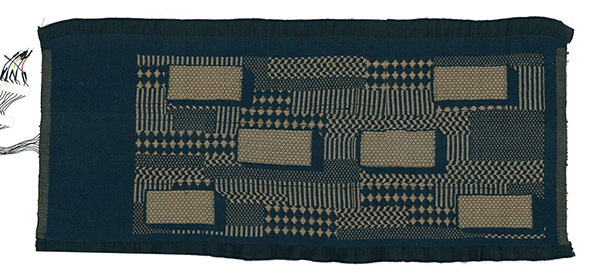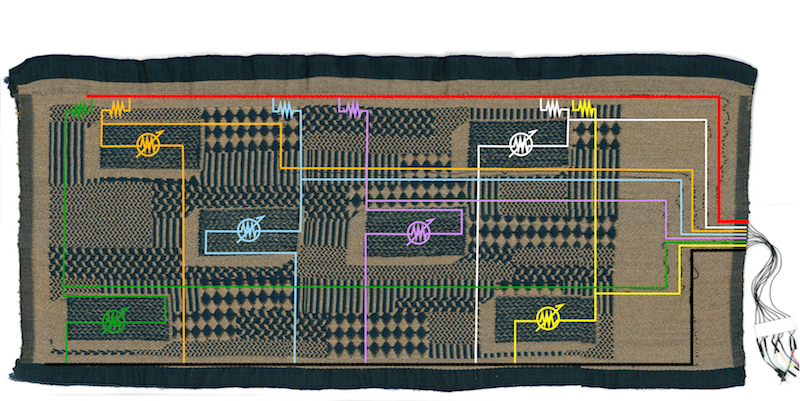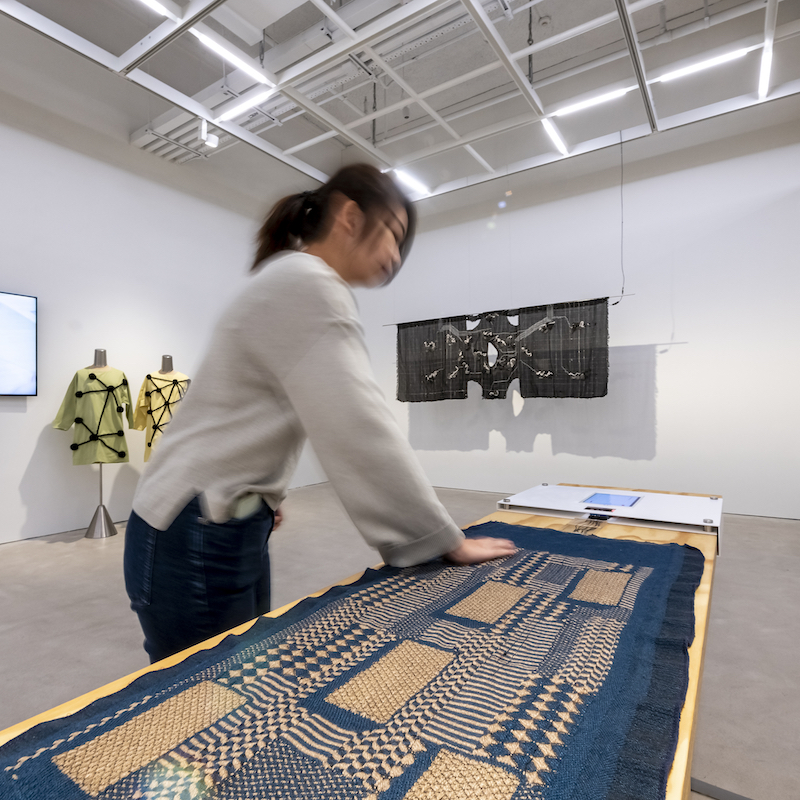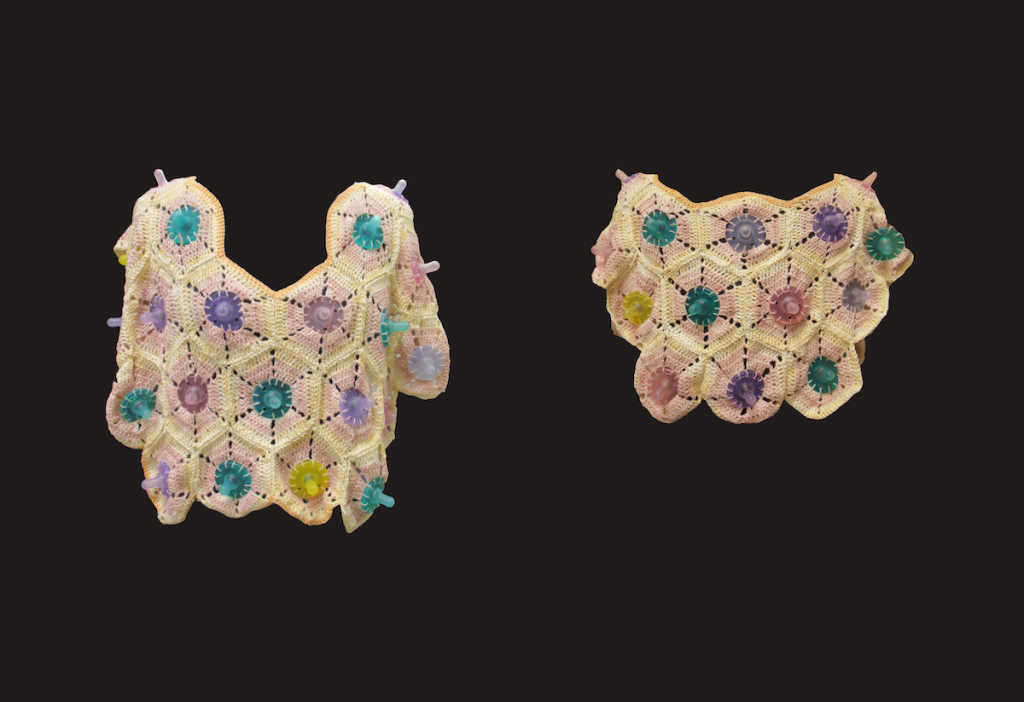Back in the days when the world was pandemic free, we used to attend conferences where we would get to share our work with our research community. This year was going to be especially fun/valuable as we had four full papers to present, two best paper honorable mention awards, one workshop and a first time presentation by Jolie and Shanel. Sadly, the conference has been canceled and so no presentations will be given. Instead I’ll write a kind of editorial summary of the work we submitted below. Stay posted for more detailed summaries of each project.
Unfabricate: Designing Smart Textiles for Disassembly
Shanel Wu, Laura Devendorf.
click here to read the paper
Shanel is an expert knitter who we are converting to a weaver. They spent a year thinking about how we might apply some techniques for re-harvesting knits to woven fabrics. Specifically, we were envisioning an eco-system where parts from e-textiles could be harvested and re-used. This included developing new weave structures to maximize yarn yields, are shape woven, and that are held together with a “key” thread that when removed, make it easier to pull the constituent yarns apart. They even made a little tool that adds onto AdaCAD – our smart textile design software, that can help designing these drafts.

What HCI Can Learn from ASMR: Becoming Enchanted with the Mundane
Jolie Klefeker, libi streigl, Laura Devendorf.
click here to read the paper
Jolie took up a fascination with ASMR media a while back and we started doing a series of investigations around what it would look like to translate ASMR into the design of interactive products. This led to studies, interviews, and some kits and ended up in an exploration of augmenting daily interactions using binaural audio. We all started developing custom ASMR wearables using Teensy microcontrollers and wearing them around. Jolie made a coat the highlights the sound of mundane objects and Laura made a cloak to facilitate recording and screaming with the sound of motors. Many many more details in the paper 🙂
 Craftspeople as Technical Collaborators: Lessons Learned through an Experimental Weaving Residency.
Craftspeople as Technical Collaborators: Lessons Learned through an Experimental Weaving Residency.
Laura Devendorf, Katya Arquilla, Sandra Wirtanen, Allison Anderson, Steven Frost.
Best Paper Honorable Mention!!!
click here to read the full paper
This paper takes a strong and perhaps critical position to talk about the role of craftspeople in technical research. Basically, craftspeople should be included at the early stages of research (not just brought in later to bring aesthetics to the work). It describes the structure and reflections from our experimental weaving residency, including how our own conceptions of craftspeople were too narrow prior to our experience.
Making Design Memoirs: Understanding and Honoring Difficult Experiences
Laura Devendorf, Kristina Andersen, Aisling Kelliher.
Best Paper Honorable Mention!!!
click here to read the full paper
This paper describes a very personal collaboration between the co-authors. Specifically, we started the project as an attempt to understand the limits of design–what does it mean to design if its not about making something “better” or “easier.” Specifically, we thought back on our experiences as mothers and tried to develop methods to investigate that experience through design. In this way, we try to make “memoirs” with objects that tell of our felt experiences and that bring out practices of witnessing and honoring instead of resolving.








